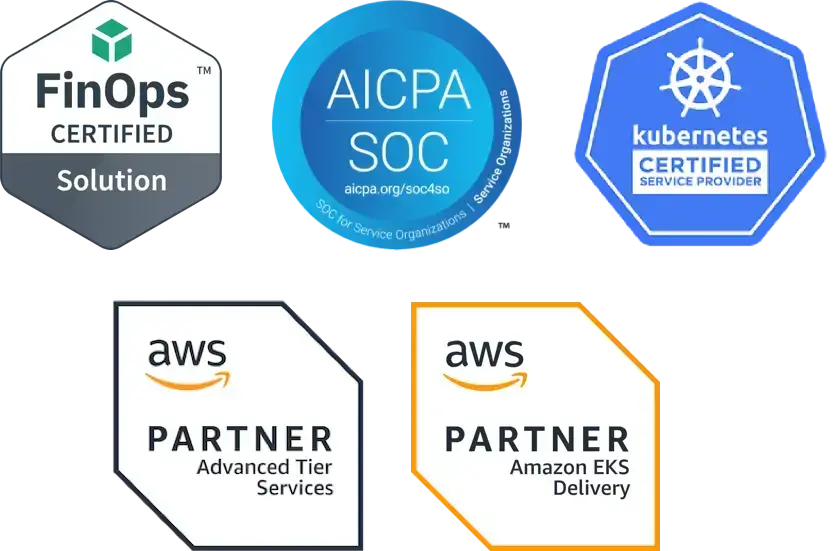It seems like everyone is talking about artificial intelligence and machine learning (AI/ML) these days. As more organizations seek to incorporate AI and ML into their solutions, the need for processing power is growing rapidly. Graphics Processing Units (GPUs) are at the heart of this demand, providing the necessary horsepower to handle complex computations due to their architecture, computational power, ability to scale up, and a robust GPU software stack for AI. As businesses increasingly integrate AI/ML into their operations, managing GPU resources efficiently becomes more important than ever before.
The Growing Demand for GPU Workloads
Before the AI/ML boom, GPUs were primarily associated with niche use cases, such as gaming and scientific research, because their parallel processing capabilities were essential for rendering the complex graphics and animations in modern video games and scientific visualization. In the last few years, however, GPUs have evolved from being primarily graphics rendering devices to powerful processors that are capable of handling high-intensity computational tasks, particularly well-suited to AI and ML workloads. The ability to process multiple computations simultaneously is essential for tasks ranging from natural language processing and image recognition to complex data analysis and predictions. As the demand grows for AI/ML workloads, organizations are relying on Kubernetes to ensure scalability, flexibility, and optimal resource utilization for these resource-intensive workloads.
An Ideal Platform for AI/ML Workloads
Kubernetes offers several key advantages when it comes to deploying and managing AI/ML workloads. This environment can accelerate experimentation by enabling teams to quickly deploy and test different AI/ML models in an environment that can offer optimal scalability, reliability, and resource utilization. The following are some specific examples of why Kubernetes is a good environment for deploying AI/ML workloads:
- Horizontal scaling in K8s makes it easy to scale AI/ML workloads to handle varying computational demands. Kubernetes enables efficient allocation of compute, memory, and storage resources based on resource requirements.
- Containers provide an isolated environment for AI/ML models, preventing interference between different workloads.
- Containers are portable, making it easy to move them to different environments to adjust and experiment with model deployment to find the best fit.
- Kubernetes can optimize resource utilization by scheduling AI/ML jobs across multiple nodes.
- K8s automatically restarts failed containers and handles node failures, providing a self healing environment that increases availability.
- Kubernetes provides the ability to efficiently manage large–scale batch processing tasks that are common in AI/ML training.
- K8s integration with major cloud providers delivers access to scalable computing resources and services on demand, so you only pay for what you use.
- The active Kubernetes community contributes to ongoing development and provides extensive support and resources to newcomers. The Cloud Native Computing Foundation also has a working group dedicated to cloud native and AI.
For software development and data scientist teams that are ready to test and deploy AI/ML workloads, Kubernetes offers a scalable, efficient infrastructure. This flexibility is critically important, because AI/ML workloads don’t need to run all the time; typically they experience user and traffic spikes with significant lulls in between. Paying for cloud compute that you’re not using just doesn’t make financial sense, especially for smaller organizations trying to introduce new solutions to the market.
Focus on Differentiation
Kubernetes is famously known for being complex, as well as being an environment where you can tune and adjust the infrastructure to meet your organization’s unique needs. This is a huge benefit, of course, but it can also make it hard for new users to get up and running quickly, particularly if they want to be sure that the infrastructure is secure, consistent, and efficient.
For teams seeking to deploy new AI/ML applications and services, there’s a lot to learn before you’re ready to deploy. And GPU access in the cloud is more complex than simply spinning up a new node type. So while you may want to take advantage of the scalability and dynamic resource allocation offered by running Kubernetes on GPU worker nodes, it may be harder to get started than you think.
If your core business isn’t infrastructure, how much time do you want to spend on setting up, managing, and upgrading Kubernetes? Ideally, your engineering team should be focusing on building and deploying apps and services that integrate AI/ML to make your solution stand out, not figuring out third-party tooling and Kubernetes upgrades. Fairwinds provides Managed Kubernetes-as-a-Service, a people-led service that builds the secure, reliable, and efficient infrastructure you need with the necessary compute resources for AI/ML instantly consumable.


